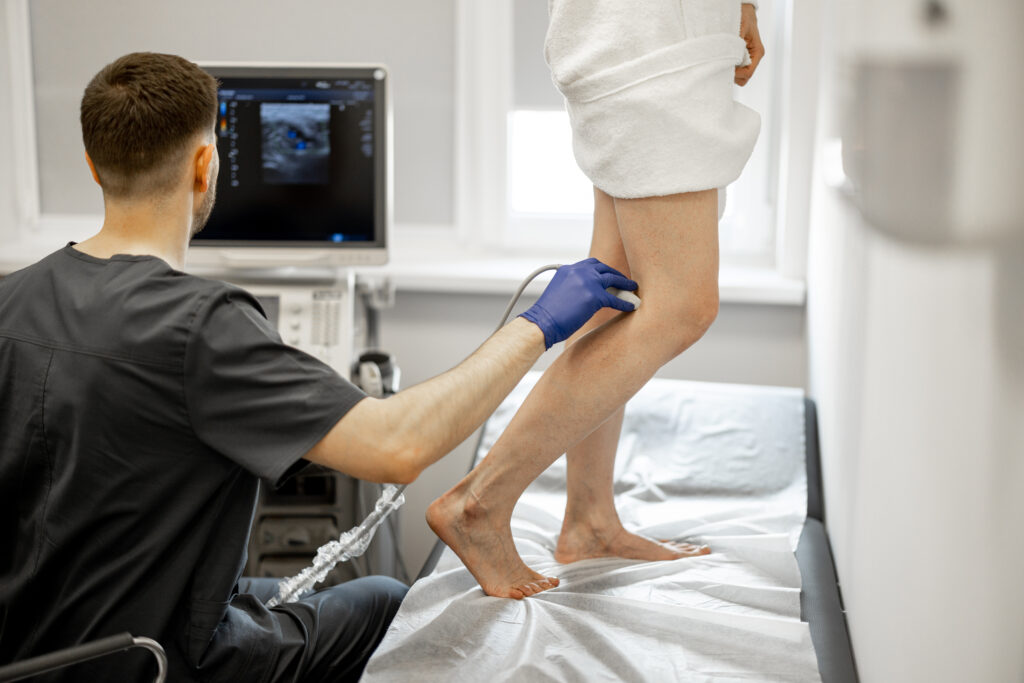February is American Heart Month.
Takotsubo syndrome is also known as broken heart syndrome. According to the American College of Cardiology, it typically occurs following an emotional or physical stressor.
Left ventricular dilation and acute systolic heart failure occur. It is thought that a surge of stress-related hormones contributes to left ventricular ballooning. In case you ever wondered why it is named takotsubo syndrome, “takotsubo” is the Japanese word for an octopus trap. When the left ventricle balloons out, it takes the shape of one.
Some interesting facts about broken heart syndrome include that about 90 percent of worldwide cases occur in post-menopausal women. In Japan, however, the syndrome is more common in men, and they are likely to develop it following instances of physical stress.
Another interesting note is that while the Mayo Clinic does have diagnostic criteria, broken heart syndrome is often diagnosed when a patient who is suspected to have had an acute myocardial infarction undergoes a cardiac catheterization, and no coronary blockage is found.
Happily, about 95 percent of patients have a full recovery of cardiac function within several weeks of diagnosis. While broken heart syndrome is not found in the Alphabetic Index, takotsubo syndrome is found, and would be assigned to I51.81. It is considered to be a complication or comorbidity (CC).
Have you ever wondered why mononucleosis is also called “kissing disease?” Mono is spread through physical contact, with saliva being a common means of transmission. The Cleveland Clinic notes that this disease is very common among teenagers and young adults. It also notes that while mono isn’t a serious illness for most people, it can make you feel very fatigued and achy for about a month – which may be a small price to pay for true love!
Cleveland Clinic also noted an interesting fact about this condition, noting about 95 percent of Americans get this infection by the time they are 35. Not everyone who has the virus develops mono; some people just carry the virus. Category B37 classifies infectious mononucleosis.
The code options include codes for gamma-herpesviral, cytomegaloviral, other infectious, and an unspecified option. Within each of these code options are further selections to identify cases without complications, with polyneuropathy, with meningitis, and with other complication.
While there is no Alphabetic Index for kissing disease, there is an index entry for Kissing Spine. M48.2 Kissing Spine is also known as Baastrup’s syndrome or Baastrup’s sign. It occurs when two adjacent vertebrae touch each other or “kiss,” causing pain and inflammation.
While it can affect any area of the spine, HealthCentral notes that it is most common in the lumbar spine, specifically the L4-L5 segment. M48.20-M48.27 is the code range covering the levels of the spine.
Kissing spine cannot be diagnosed by physical examination only; imaging scans will be needed for diagnosis confirmation. Humans aren’t the only ones who can develop kissing spine, as the condition is also known to affect horses.
Have a healthy American Heart Month!














